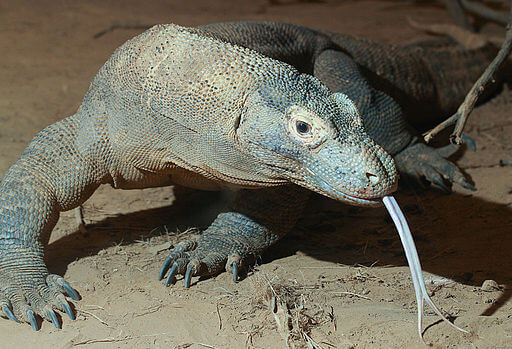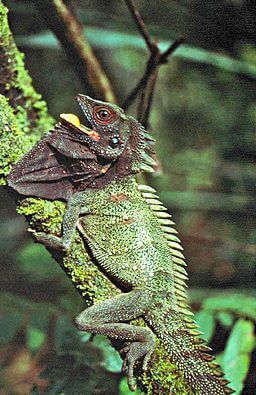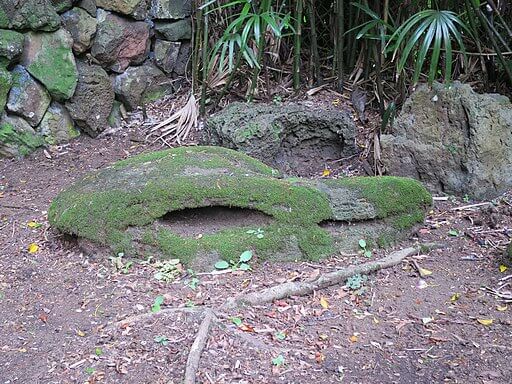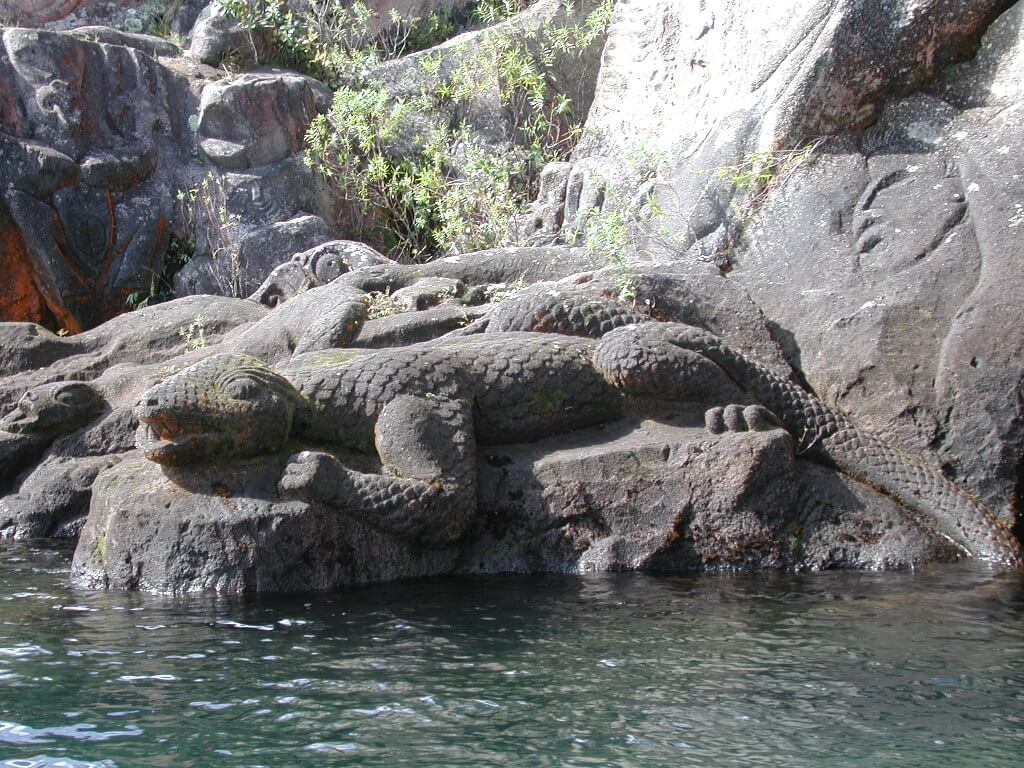Welcome to our first episode extra blog post of the Mythsterhood of the Travelling Tales in our journey Around The World in 80 Dragons (or so)! To begin our journey, the three of us have decided to travel from East to West, following the sun. And we start with the dragons of the Pacific Islands and New Zealand. Don’t forget you can trace our progress on the MythsterMap (don’t have one yet? click here to sign up and grab it).
Buckle up, Mythsters. This is going to be a wild ride.
While we’re focusing on mythical creatures within the various cultures we’re be exploring, we’ll also take a look at real-life examples to further tickle your dragon taste-buds. Which living dragons are we referring to? Some will be ones you’ve heard of, and others you may not have known still lurk our great Earth.
Living Dragons

Take the komodo dragon, Varanus komodoensis, of Indonesia for instance. This lizard is probably the most well-known around the world, thanks in part to its common name including the word “dragon”. But did you know that it has no natural predator? We’d bet you knew this. A creature that can grow up to 3-4 metres in length is no easy prey. Size aside, this monitor lizard is dangerous, not only because of its powerful tail and bulk, but also because its bite can deliver venom. It’s not pretty.

Another large Indonesian lizard is the crowned forest dragon, Lophosaurus dilophus, also found in New Guinea. These cuties love high altitude, living up to 800 metres above sea level. Luckily, these dragons prefer insects and small fruits instead of meat.

But there is the saltwater crocodile, Crocodylus porosus, who does. And the males can grow up to 6 metres in length! While they prefer saltwater bodies inland, like swamps and river deltas, they are able to roam long distances through the sea like ocean dragons.
These are just a sample of real-life dragons still lurking in our world, and we’ll be covering more in future episodes. For now, though, let’s dig into the mythical dragons of the Pacific Islands. That’s what we’re here for, after all!
Solomon Islands
Let’s start with the dragon that inspired this episode’s artwork above: Hatuibwari, otherwise known as Agunua. We cover him/her in our podcast episode as well. This is a rather unique dragon, a god at that, who created life, and is depicted as either male or female. S/he has the upper half of a human and lower half of a serpent, with 4 eyes that allows him/her to see everything, and, when female, 4 breasts to nourish life. Hatuibwari is said to inhabit specific groves and anyone who disturbs him/her, will become ill. To him/her, pigs are sacrificed in offering. S/he travels in the space between the earth and sky, much like the Rainbow Serpent we’ll be discussing in our next episode.
Hawaii

Mo’o are a type of dragon we also cover in our podcast episode. They are giant lizards covered with glistening jet black scales and reaching lengths of up to 30 feet, which are said to inhabit caves, pools, and deep ponds. They also have the ability to shapeshift into a variety of forms including small geckos, huge dragons, or seductive women, as well as the power to control water and the weather. What makes the mo’o all the more interesting is that there aren’t lizards on Hawaii.
According to revered Hawaiian artist and cultural leader Sam Kaʻai who gave a discourse about the moʻo before an international audience in 1987, the dragon is a major force of life. Its head peers into the future, the white dawn yet to come. Its front feet are the ʻopio (youth), reaching, touching, examining. Next come the makua (parents), the stable hind legs of the dragon, and beyond them, the kupuna (elders). The kupuna form the spine, the collective song of all that came before. They tell how other dawns were and how this dawn will be.
Moari

By Pseudopanax at en.wikipedia – Own work, Public Domain, https://commons.wikimedia.org/w/index.php?curid=11901103
One of the dragons in Moari mythology are the taniwha who live in this world and another. A particular taniwha, the ngarara, is almost similar to European dragons. And perceived as so by European explorers in that they have hard, scaly skin, spines down the back, a long tail, and devoured men. They are also more than 8 feet long and are described as crocodiles or alligators, only bigger.
Some taniwha were like giant lizards, sometimes with wings. Others were reptile-like sea creatures. Or they took the shape of sharks or whales, or even logs of wood in the river. Some could change their shape. The taniwha were either male or female and usually live in or near the water – lakes, rivers or the sea. They hide in lairs known as rua taniwha, which could be deep pools, caves, or dangerous waterways – areas that people avoid.
Other Dragons of the Pacific Islands
The Kiwai from Papua New Guinea have notions of a snake-like monster with a mouth and ten pairs of arms at both ends. The Baining people, also of Papua New Guinea, have a snake dance associated with fertility and death, a symbol of the double-headed snake. Speaking of, the Rambutjo from the Solomon Islands also have a double-headed serpent and the Admiralty Islands have their own double-headed serpent as well, though theirs is a forest spirit.
We’re sure there are many more dragons of the Pacific Islands out there that we may have missed. If you know of them, please let us know. Comment below or on any of our social media profiles!
We thank you for joining us in our inaugural post and we hope you’ve enjoyed it just as much as we have. For our next episode, we’ll be sailing across the Pacific Ocean toward Australia and we’ll catch you there.
Until next time, Mythsters! And remember, dragons lurk all around us.

Be First to Comment